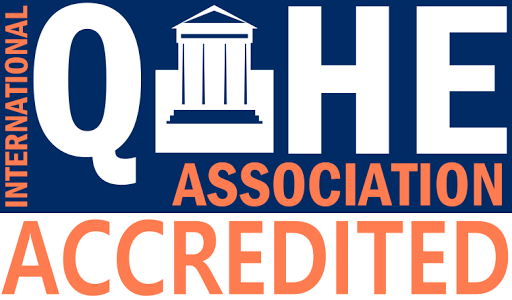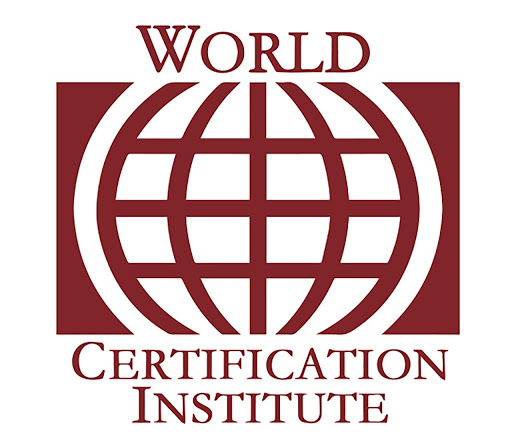School leaders today face a dual challenge: ensuring academic progress while navigating the ongoing demands of blended and hybrid learning models. Mid-year audits provide a powerful tool to evaluate what’s working, what needs rethinking, and how learning environments can be improved for the second half of the year.
For administrators trained in strategic planning, such as those pursuing a Post Graduate Diploma in Educational Leadership course, audit data becomes the backbone of informed decision-making. When used effectively, it helps leaders support teachers, optimize digital tools, and strengthen instructional delivery across both physical and virtual settings.
Let’s break down how school leaders can use mid-year audit insights to guide more effective blended and hybrid learning for the months ahead.
8 Ways School Leaders Can Use Mid-Year Audit Data to Strengthen Blended & Hybrid Lesson Delivery
Mid-year audit insights give school leaders a powerful roadmap for refining instructional strategies across both online and in-person environments. These eight approaches help administrators support teachers more effectively and enhance learning outcomes for the rest of the academic year.
1. Analyze Learning Trends Across Both Modalities
Mid-year audits often reveal that learners perform differently in online versus in-person environments. School leaders must deeply analyze these patterns to understand where students thrive and where they need additional support.
This helps school leaders in:
- Identify learning gaps between online and face-to-face work.
- Spot engagement patterns to see when students participate most actively.
- Pinpoint modality-specific skills that require strengthening.
By recognizing which modality supports which learning behavior, leadership teams can guide teachers in adjusting instructional strategies more effectively.
2. Evaluate Teacher Readiness For Hybrid Instruction
Audit findings offer valuable insight into teachers’ comfort levels with digital platforms, hybrid lesson planning, and online assessment tools.
School leaders can use this data to:
- Plan targeted training based on actual skill gaps.
- Introduce peer mentoring between digitally-strong and developing teachers.
- Support lesson redesign that aligns with hybrid expectations.
This ensures that teachers feel equipped, not overwhelmed, moving into the second half of the academic year.
3. Redesign Blended Learning Schedules For Better Balance
An effective hybrid schedule must balance screen time, independent work, and structured classroom interaction. Mid-year audits show whether the current timetable is supporting that balance.
Using audit insights, school leaders can:
- Adjust Time Blocks for live teaching versus self-paced work.
- Build flex periods for revision, doubt-clearing, and one-to-one support.
- Strengthen weekly flow with predictable routines across modalities.
A well-structured blended schedule boosts both teacher productivity and learner success.
4. Strengthen Digital Content And Resource Quality
If audits show inconsistent quality in online materials or platforms, leaders must intervene by standardizing expectations.
To support teachers, they can:
- Create centralized resource banks for more cohesive content delivery.
- Standardize lesson templates so all hybrid lessons follow clear formats.
- Promote multi-media integration such as videos, simulations, and interactive slides.
Better digital resources lead to stronger learner engagement and improved comprehension across hybrid settings.
5. Improve Assessment And Feedback Loops Across Modalities
Hybrid models demand assessments that work seamlessly in both physical and digital contexts.
School leaders can enhance assessment practices by:
- Encouraging diverse assessment methods such as quizzes, discussions, and performance tasks.
- Implementing digital feedback tools for faster, more personalized responses.
- Aligning assessment criteria across online and classroom-based tasks.
Strong, consistent assessment frameworks ensure accurate tracking of learner progress throughout the year.
6. Enhance Support Systems For Struggling Learners
Audit data often highlights learners who may be slipping through the cracks—especially in hybrid models where self-regulation is crucial.
School leaders can boost support by:
- Creating Intervention groups for targeted academic help.
- Providing Tech orientation sessions for learners unfamiliar with digital tools.
- Engaging parents and guardians through clearer communication and guidance.
This ensures no learner falls behind because of technology barriers or inconsistent learning environments.
7. Foster Collaborative Reflection Among Teachers
Reflection is essential for strengthening hybrid instruction. Leaders can use audit findings to promote a culture of professional growth.
They can:
- Organize reflection meetings where teachers discuss successes and challenges.
- Facilitate cross-department collaboration to share best practices.
- Encourage reflective journaling or post-lesson notes for ongoing improvement.
When teachers reflect together, hybrid learning becomes more cohesive and innovative.
8. Create A Clear Second-Half Action Plan
Once all data is analyzed, leaders must consolidate findings into a practical, forward-looking plan.
A strong action plan includes:
- Defined Instructional priorities for the next term.
- Professional Development roadmaps aligned with audit findings.
- Resource allocation plans for technology, materials, and support staff.
- Monitoring Mechanisms to track progress over the next few months.
A clear plan gives teachers direction and boosts school-wide confidence as the second half of the year begins.
Final Thoughts
Mid-year audit data is one of the most valuable tools for school leaders aiming to strengthen blended and hybrid learning. By analyzing trends, supporting teachers, refining schedules, and improving digital frameworks, administrators can ensure the second half of the year is more coherent, efficient, and learner-centered.
School leaders trained through programs like the Post Graduate Diploma in Educational Leadership online course are equipped with the skills to interpret data, steer strategic improvements, and guide teachers toward successful hybrid teaching.
With the right insights and leadership, blended learning can evolve from a necessity into a powerful instructional model that elevates learning for all students.
Frequently Asked Questions (FAQs)
1. Why is mid-year audit data important for blended and hybrid learning?
Mid-year data provides a clear picture of student performance, engagement patterns, and instructional gaps across both online and in-person modalities, helping leaders refine strategies for the rest of the year.
2. How can school leaders support teachers after reviewing audit findings?
Leaders can offer targeted PD, provide digital resources, redesign schedules, and create collaborative planning time to help teachers strengthen hybrid lesson delivery.
3. What common issues do audits reveal in hybrid environments?
Typical concerns include inconsistent digital lesson quality, unequal student engagement, assessment misalignment, and gaps in teacher tech-readiness.
4. How can data help improve digital learning resources?
Audit insights highlight what content engages learners most, enabling leaders to standardize templates, curate resource banks, and recommend high-impact tools.
5. How can schools address learners who fall behind in hybrid models?
Leaders can implement intervention groups, offer mentorship, involve parents, and provide tech-orientation sessions to help struggling learners regain momentum.
6. Do school leaders need specific training to interpret audit data effectively?
Professional training, such as a Post Graduate Diploma in Educational Leadership course, strengthens leaders’ ability to analyze data and make strategic instructional decisions.
7. How often should progress be monitored after implementing changes?
Monthly check-ins or short-cycle data reviews help ensure new strategies are effective and allow timely adjustments.









